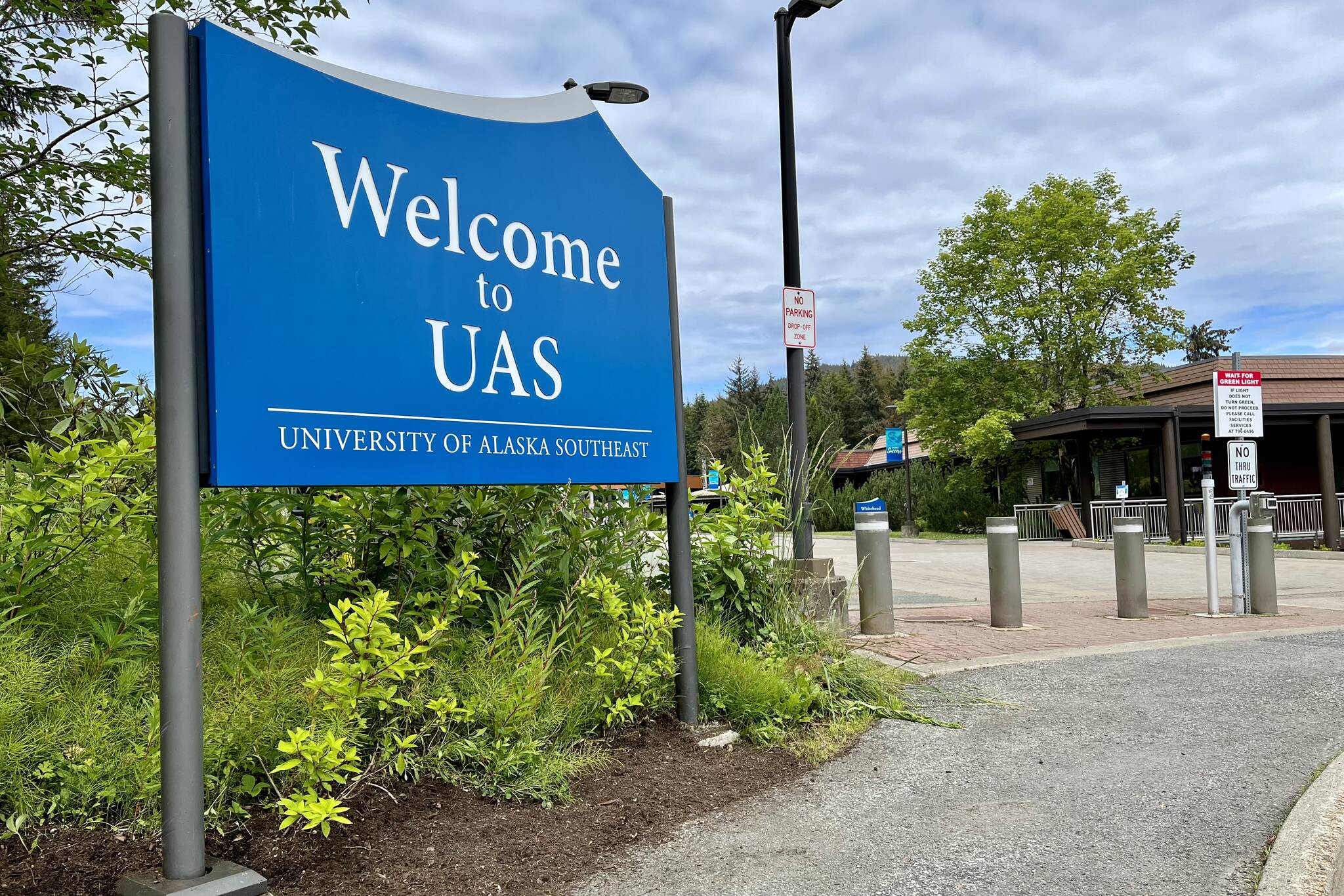Though overall enrollment for University of Alaska Southeast is currently down by 10% from where the university was this time last year, there’s been a 40% increase in newly enrolled and transfer students.
That’s why UAS Vice Chancellor Lori Klein, who oversees enrollment management, is optimistic moving forward into the approaching fall semester despite the slight decline in numbers, and gains are anticipated for next year provided incoming class numbers remain as strong.
“There are areas that are really strong for us as we move into a new year. With being up 40%, so that’s new freshman and transfer students who are coming to us, that’s up 40% compared to this time last year” said Klein. “Our housing applications are up compared to last year, of course, where we had reduced capacity but we’re even running a little bit ahead of 2019, which that fall of 2019 was our last ‘normal’ year of operation before the pandemic.”
[Scholarship set to help Southeast Alaska Native students pursue health care careers]
While it’s not entirely clear as to why the university is seeing the 10% dip in enrollment, Klein said it’s assumed that students are still bouncing back from being sick and/or caring for family members who were ill and still recovering, along with potentially navigating child care and work-related issues.
“We know that the pandemic has taken a real toll on our students; we did a survey in the midst of the pandemic and our students who had taken a break from school told us they were just taking a break, that their intent was to come back, but they needed to just focus on themselves, their health, their financial health and their families,” said Klein. “So, while we haven’t done a current survey to understand why we’re down that 10%, we anticipate that the conditions haven’t changed that much, students are still being impacted by the pandemic and are taking a break.”
This is the second year since COVID-19 that students have been back in person at UAS, and plans are still in place to continue with a mixture of in-person and hybrid courses. Klein said she feels the university is moving back toward in-person learning but emphasized the importance of their distance delivered programs as a means of remaining safe and sustainable while continuing to operate within the pandemic. Along those same lines, Klein said that measures are still in place to provide quarantine and isolation housing on campus, so students should feel at ease when weighing the options of living on campus versus trying to seek housing elsewhere.
“We are filling up our apartments and we’re getting close to being full in our freshmen residents hall, so while we still have room for people to come and stay on campus, we’re encouraging even our local students to consider living on campus, it gives them a much fuller campus life experience than living at home,” Klein said. “So, we still have room; we are feeling good about this coming year as far as recovery goes, both with the higher numbers of newly enrolled students (freshmen and transfer students) and those that are returning to us.”
Klein added that UAS will continue to require masking within classes and should you forget a mask, the University will be providing them within classrooms, main desks, the Student Resource Center, Egan Library, and Lakeside Grill and Cafe. Students returning from quarantine or isolation should expect to wear a mask in all spaces for five days following their isolation or quarantine period.
“As we roll into the fall semester, there’s no indication that we should relax that requirement at this time. We know that when we do relax, students get sick, and it really impacts their ability to be successful during the school year. It’s all just part of how we can ensure another safe and sustainable fall semester at UAS,” Klein said.
By the numbers for fall 2022 semester
Figures current as of July 8.
■ 894 students are enrolled at UAS for the upcoming semester.
■ 190 new and transferring students are enrolled for the fall.
■ 40%, that’s the increase in new and transferring students over last year.
■ 10%, that’s the size of the decline in enrollment UAS has seen from last year.
• Contact Jonson Kuhn at jonson.kuhn@juneauempire.com

